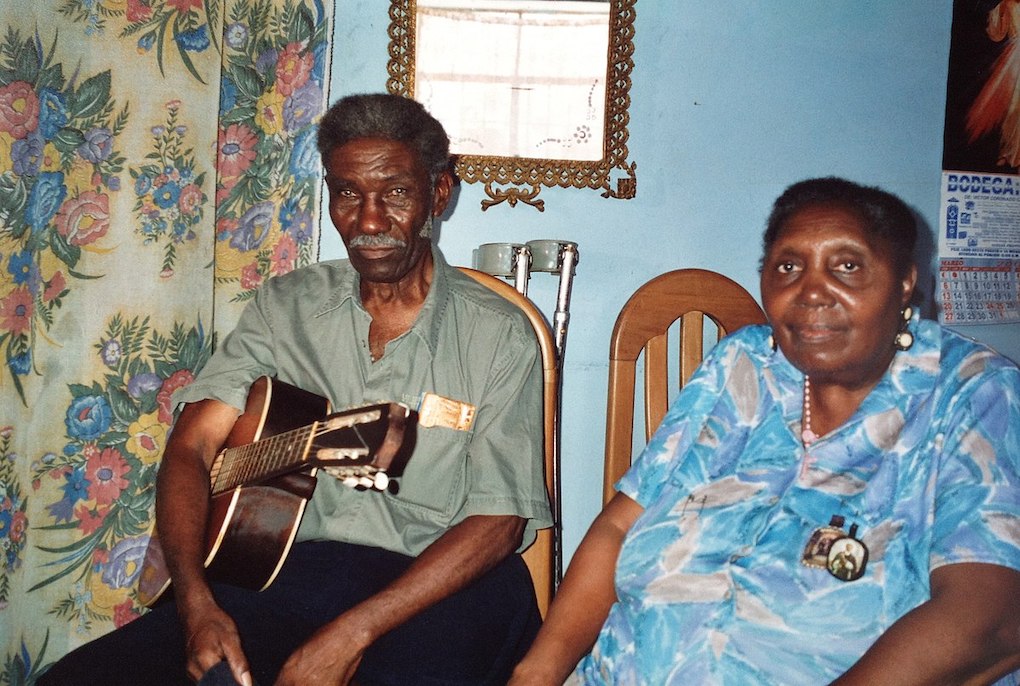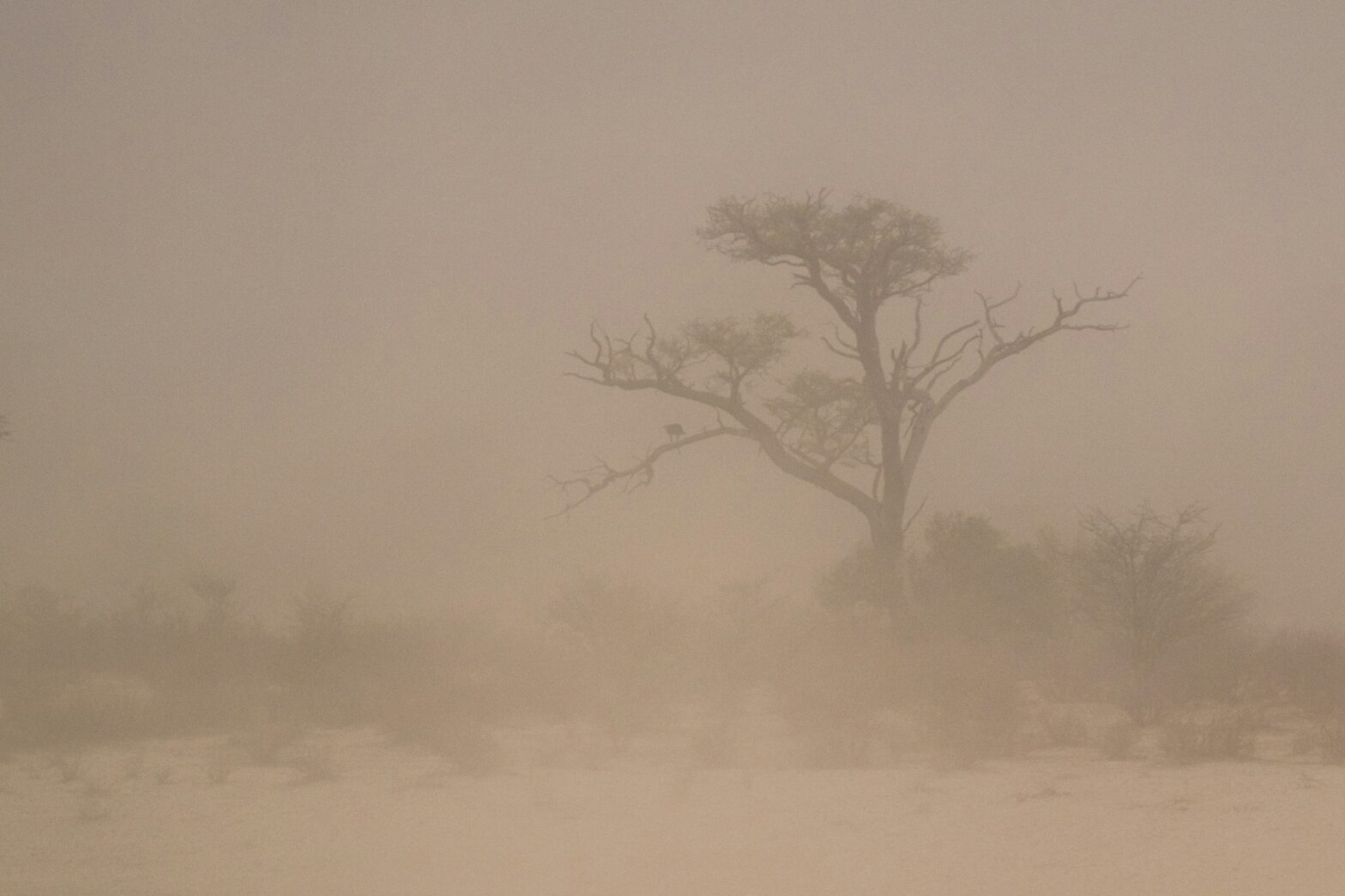Written By: Fayida Jailler
How much do you know about Black history in Russia, Peru and China? Chances are most people don’t know very much, and that’s understandable. We aren’t taught these things. What’s more, when we do speak about black history, we tend to exclude narratives from many countries across the diaspora, and by extension the Black communities in those countries.
That’s why I first created ‘Freedom Is Mine’, a YouTube channel and Instagram account, that amplify Black and Afrodescendant narratives from across the diaspora, from Italy to South Korea. We have so much global history that isn’t taught to us in school, and there are even some people who claim that Black people have no history.
So let’s set the record straight and delve into a few countries that you don’t associate with Black history, but you should.
1. Bolivia
There are an estimated 25,000 Afro-Bolivians today, and they are largely concentrated in the Los Yungas region of Bolivia, a narrow passage of forest
situated on the eastern slope of the Andes Mountains. Every September is celebrated as Afro-Bolivian heritage month, and in particular, September 23rd is ‘Afro-Bolivian Day.’
You may be surprised to know that the Afro-Bolivian population has its own king. His name is Julio Pinedo, or King Julio I, and he is the ceremonial king of the Afro-Bolivian community, having been crowned in 1992. He is said to be descended from
Uchicho, a prince from the Kongo region of Africa who was trafficked to Bolivia in 1820, and whose Bolivian lineage have preserved their royal connection to this day.
2. India

We are often taught about the Transatlantic Slave Trade which spanned from the 16th to the 19th century, during which time an estimated 12.8 million enslaved Africans were trafficked to territories across the Americas.
However, we are seldom taught about the Indian Ocean slave trade, which dates back to at least the 3rd century BCE. Conservative estimates state that at least 4 million enslaved Africans were trafficked to territories across the Indian Ocean including the nations we recognize today as India, Pakistan, Bangladesh and Sri Lanka.
In India the Afro-Indian population are known as the Sidis, and there are estimated to be between 20 – 70,000 Sidi in India today. Regions with high Afrodescendant populations include Karnataka and Gujarat. In neighboring Pakistan the Afro-Pakistani community is referred to as the Sheedi, and there are estimated to be up to several hundred thousand.
3. Russia
Out of a total population of 144 million, only 100,000 Russians are estimated to be of African descent. That’s less than 1% of the population. They are mainly concentrated in major cities such as Moscow and St Petersburg.
You may have heard of the renowned poet and novelist Alexander Pushkin, widely considered to be the ‘founder of modern Russian literature’, but did you know that he was mixed-race? This Russian cultural icon was the great-grandson of Abram Gannibal.
Born in Africa and ‘gifted’ at a young age to the Russian Emperor Peter the Great, Abram Gannibal went on to become an esteemed military general. He had eleven children, most of whom were born into Russian nobility. His eldest son, Ivan, also went on to have an impressive military career, reaching the rank of General-In-Chief, the second-highest military rank in imperial Russia.
4. Peru
What do we think of when we think of Peru? Llamas, Incas and Machu Picchu, one of the seven wonders of the new world. But, we don’t think of Black people, which is ironic because when you look at the national Peruvian football team you see a lot of melanin.
Today official estimates place the Afro-Peruvian population at around 900,000 people, though the Afro-Peruvian historian Ricardo Aguilar estimates that up to 3 million Peruvians could be of African descent. The regions with the highest concentration of Afro-Peruvians are found in Lima, El Callao, Chincha, Cañete; and in the northern region of Piura, particularly in Zaña and Yapatera.
Afro-Peruvian heritage month is celebrated in June, with ‘Afro-Peruvian Culture Day’ on June 4th. This date commemorates the birthday of the Peruvian civil rights activist and musicologist Nicomedes Santa Cruz. His sister, Victoria Santa Cruz, was also a pioneering activist and performer. Check out her spoken word poem ‘Me Llamaron Negra’ (They Called Me Black) on YouTube, it will give you chills.
5. Denmark

Did you know that Denmark was the seventh-largest trading nation during the Transatlantic Slave Trade? Denmark had three colonial territories in the Caribbean: the islands of St Croix, St John and St Thomas. During the slavery era Denmark trafficked over 100,000 enslaved Africans to those islands, referred to as ‘the Danish West Indies’. This came to an end in 1848 when Denmark abolished slavery. In 1917 Denmark sold the islands to the United States, and they became known as the US Virgin Islands.
In 2018, Denmark unveiled the country’s first statue to commemorate a Black woman. The statue is called ‘I am Queen Mary’ and was created by artists Jeannette Ehlers and La Vaughn Belle. It honors Mary Thomas, who, in the 19th century, led the largest labor revolt in Danish colonial history on the island of St Croix. Mary’s pose was inspired by the famous 1967 photograph of Huey P Newton, the founder of the Black Panther Party.
6. China
It’s surprising that people don’t associate China with Black history when in reality, there has been an African presence in China since the 7th century. During the Tang dynasty, Arab traders trafficked enslaved Africans to China, and they were referred to as ‘Kunlun’. As trade between Africa and China developed, during the Yuan dynasty, a number of African commodities were imported to China, including ivory, tortoise shell and frankincense. During the Ming Dynasty the Chinese imported rhinoceros horns, amber and animals from East Africa.
Nowadays, China is home to the largest migrant African population in Asia. The largest settlement can be found in the major port city of Guangzhou. The African enclave in Guangzhou is informally referred to as ‘Chocolate City’ or ‘Little Africa’. Many of the African residents there capitalize on buying cheap consumer goods in China which they export to their home nations in Africa to sell. Most traders only come temporarily, though many do settle and start a life in China, often marrying local women.
7. Venezuela

If you’re ever in Venezuela then save the date of May 10 because that is Afro-Venezuelan Day. The date was chosen to commemorate the uprising of Jose Leonardo Chirino, a free Black man who, in 1795, co-ordinated the most famous uprising of Black and indigenous people in Venezuela’s history. He has gone down in history as a symbol of resistance both to slavery and Spanish colonial rule in Venezuela.
Did you know that Afro-Venezuelans played an important role in Venezuela’s fight for independence? The most famous Afro-Venezuelan Independence fighter was Pedro Camejo, also known as El Negro Primero, or in English ‘the Black man who goes first’ because he was reportedly always the first to ride into battle. He was famously killed in action in 1821 in the second battle of Carabobo which eventually led to Venezuela’s independence. Today Pedro Camejo is a national symbol of bravery and resistance, and there is a statue of him in Plaza Carabobo in the Venezuelan capital, Caracas.
Today there are just over 1,000,000 self-identified Afro-Venezuelans, and the largest population can be found in the region of Barlovento.
8. Argentina

Aren’t we getting tired of the myth that there’s no Black people in Argentina? According to the 2010 census the Afro-Argentine population is less than 150,000, while other sources claim there are as many as two million Afrodescendant people in Argentina today.
The National Day of Afro-Argentines is celebrated on November 8 to commemorate the death of a national hero: Maria Remedios del Valle. Known as the ‘Mother of The Homeland’ Maria fought as a soldier in the Argentine war of Independence before being wounded, imprisoned and then escaping. Following the war, she was denied compensation and took to begging before being recognized by one of the generals she had fought under, who then arranged for her to receive a pension until she died.
In recent years there has been a resurgence of Afro-Argentine political and social activity. Organizations such as Grupo Cultural Afro, SOS Racismo and Africa Vive have worked to revive interest in Afro-Argentine culture and advocate for the community.
9. Turkey

Although no official statistics exist, the Afro-Turkish population today is estimated to number up to 25,000 people. The majority live in the region of Izmir on the Aegean coast. They are largely descended from the tens of thousands of enslaved Africans brought to Turkey during the Ottoman Empire to work in farming, cotton production and processing tobacco.
A number of Black males were also made eunuchs and elite royal guards to the royal family. Although they were technically slaves, Black Eunuchs in Turkish society were sometimes granted a relatively high degree of political power and authority. The highest position a Eunuch could ascend to was the position of Kizlar Agha, the third most powerful position in the royal court after the Sultan and the Grand Vizier.
In 2006, the African Solidarity and Cooperation Association (ASCA) was founded by the late Mustafa Olpak. This led to a revival in Afro-Turkish culture, in particular the Dana Bayrami festival, an Afro-Turkish festival that dates back to the 1920s and represents families separated by slavery being reunited and sacrificing a bull in celebration.
10. Iraq
There are an estimated 1.5 million Afro-Iraqis living in Iraq today, making up 5% of the population. They are mostly concentrated in southern Iraq with the largest population in the Zubeir district of Basra.
From the ninth century onwards Arabs brought enslaved Africans to southern Iraq to work in the salt marshes and on the date plantations, along with enslaved Circassian and Georgian people. They also worked as domestic support in the houses of wealthy families and sometimes as soldiers.
In 869, there was a massive uprising called the Zanj rebellion, described as one of the bloodiest in Western Asia. The majority of soldiers were enslaved people and freemen of African-descent, led by ‘Ali Ibn Muhammed. The uprising was successful and the Zanj established their own government in southern Iraq, with its own army and even minted coins. This African state lasted almost fifteen years until the Abbasid army regained control of the territory, though the military prowess of the Zanj soldiers was not forgotten.
11. Learn more
What did you think of our list? Did you learn anything new? If you liked that then check out Fayida’s YouTube channel ‘Freedom Is Mine’ for videos on Black history and communities all around the world. She has videos on over 35 countries as well as a host of topical videos on the African diaspora. You can also find her Instagram at @freedomismineofficial.





